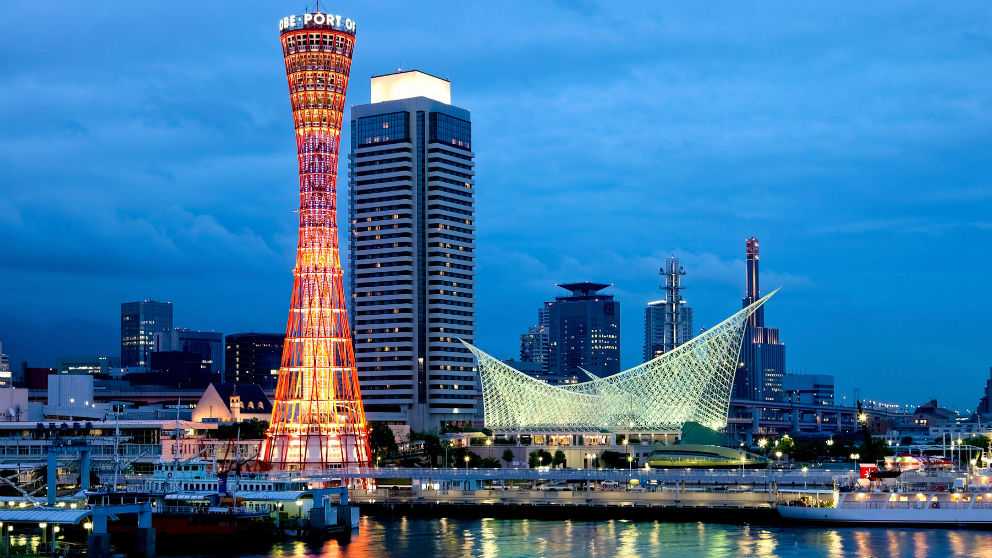OSAKA – Coffee drinkers in Kobe who are wondering what they can do to help the environment and support local renewable energy projects might consider heading to a Starbucks.
Last December, as part of a local effort to increase alternative energy sources, the city teamed up with Starbucks and researchers at Kindai University to carry out tests on producing biomass fuel generated from, among other things, used coffee grounds.
The plan is to produce a solid fuel called “biocoke” that uses pruned trees, paper cups and used coffee grounds.
“This is a good example of how local governments, industry and the academic community can cooperate to create a sustainable society at the local level,” the city said in announcing the project.
The project, which received central government funding, went through a trial period in January and February and results are now being analyzed.
It’s still in the experimental stage, and the city says it will be a while before people are actually plugging in to draw electricity from biocoke.
The tie-up between business, government and academia is designed more to reuse resources like raw waste to spur innovation and the creation of local renewable biomass businesses than to immediately supply electric power.
Kobe is a small, but telling, example of growing municpal efforts nationwide to be more innovative and proactive in promoting renewable energy projects to encourage young entrepreneurs to stay and invest in new energy-related businesses rather than relocate to Tokyo.
Such efforts are especially important in the Kansai region, where the fossil fuel and nuclear power lobbies are particularly strong.
Kansai Electric Power Co. continues to push for the restart of as many of its 11 reactors as possible despite public concerns about safety and questions about whether the older reactors will continue to be economically competitive in the next 10 or 20 years.
Last month, an institute run by Chiba University professor Hidefumi Kurasaka and the Institute for Sustainable Energy Policies released a nationwide ranking of renewable energy supplies in towns and prefectures.
The ranking showed that few municipalities in the Kansai region had high levels of self-sufficiency, or the ability to generate more electricity than required.
Of the top 100 ranked municipalities, only six villages, in Kyoto, Wakayama and Nara prefectures, had the ability to supply at least three-quarters of their needs with renewable sources.
Only eight villages, in Wakayama, Kyoto, Nara, Osaka and Hyogo prefectures, had enough renewable sources to supply more than 90 percent of their electricity needs.
In 2015, the central government set a goal to have renewable sources account for between 22 and 24 percent of the nation’s energy mix by 2030.
Renewable energy, including hydropower, accounted for an average of just over 15 percent of Japan’s electricity production over the first three quarters of 2016.
















